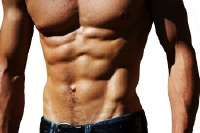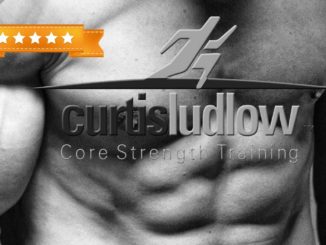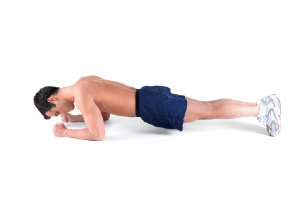
If you’re like most people who are looking to get into better shape and improve their health level, one goal that you’ve set for yourself is to work the abdominal muscle group so that you can get flat abs.
There’s no question that there are literally hundreds of different exercises that you can be doing for the abdominal muscle groups in the core. But, it’s only when you understand the function of each of the muscles in this area of the body that you are able to choose the top movements to perform for each.
Let’s give you a run-down of the main abdominal muscles that you need to know about.
The 3 Main Abdominal Muscle Groups
The Function of Each Individual Muscle Group of The Abdominal’s
Rectus Abdominis

The rectus abdominis is the first muscle to consider and the one that most people know as the ‘six pack’ ab muscles. These ab muscles are divided into eight different compartments, although most people will only ever have a visible six.
It does take approaching very low body fat levels to be able to see the striations between the abdominal muscles, but if you work hard you can get the results that you’re after.
The primary movement pattern that this abdominal muscle will be responsible for is flexion of the body, meaning it’s going to cause the upper body to move upwards towards the knees when performing a traditional sit-up.
The Oblique’s

The second of the abdominal muscles that you need to know about is the oblique muscle. This is the muscle that runs along the side of the body and will form the jagged edged look at the sides of the six pack. These muscles wrap around the edge of the rib cage and will be best hit by any movement that requires a twisting action.
The oblique muscles are going to be responsible for flexion just as the rectus abdominis muscles are, only they won’t be called into play to quite the same extent.
In addition to that, they’re also going to be used to rotate the body as well as to move the body from side to side laterally.
These are the muscles that will also be often used to counteract any forces acting upon the body, so are important from an injury prevention point of view.
Transverse Abdominis
Finally, the last of the abdominal muscles that you need to be considering is the transverse abdominis. This muscle is going to be the one that is hidden beneath the other two, so won’t be visible to the naked eye.
It’s going to primarily be involved in internal activities such as making sure the abdominal wall is pulled inward, supporting the contents of the abdomen, as well as maintaining intra-abdominal pressure.
So there you have the three main abdominal muscles that you need to keep in mind as you form your ab workout. Make sure that you are varying your exercise selection frequently as this is the number one thing that you can do to ensure that you see constant progress.



Be the first to comment